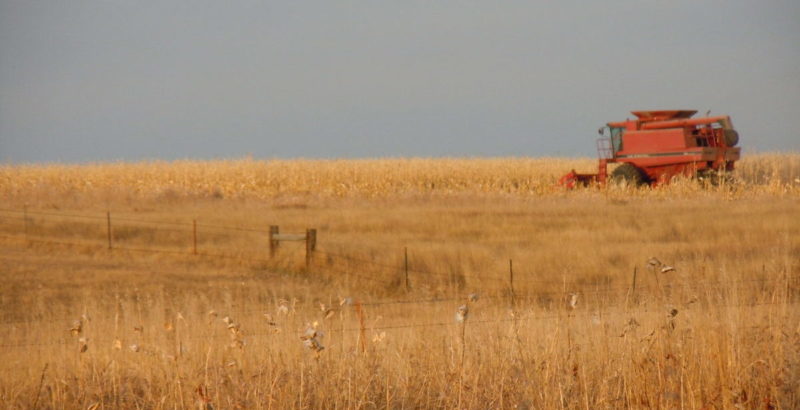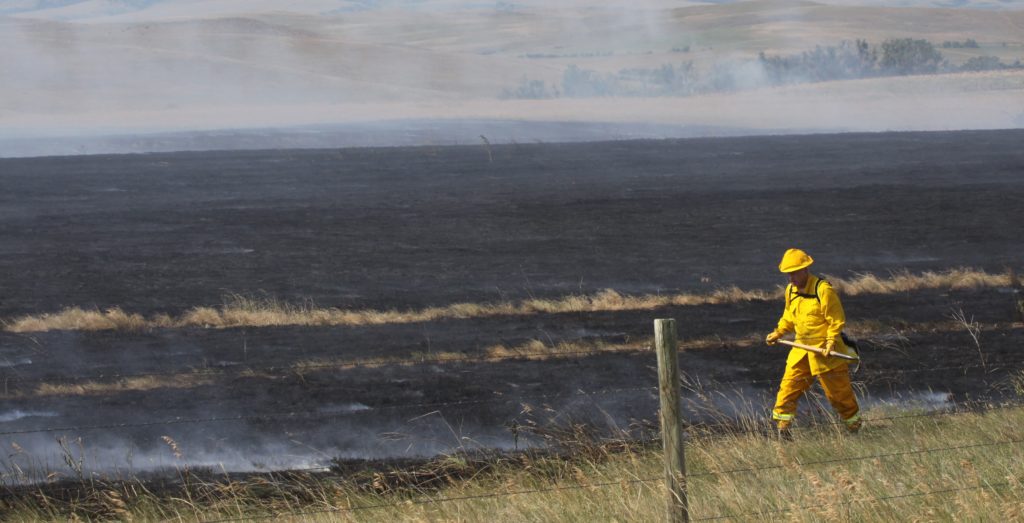Are you keeping a watchful eye on your hunting hotspots? You need to be. What happens in the summer months can affect your fur take this fall and winter.
Like most predators, coyotes tend to be territorial, especially during the spring denning season when they have a litter of energized fur balls to watch over. When those pups mature, most disperse into new territories. Older coyotes are on the move as well, according to shifts in environmental conditions.
Here are four key factors to keep an eye.
1. When prey species dwindle, it's time to move on
Keeping tabs on game densities of all sizes and shapes is one of the easiest ways to monitor the feeding habits of the predators. A major decrease in certain prey species can cause predators to relocate, possibly even miles away from where you hunt, in order to find new food sources. Pay close attention to the smallest to largest predators, including deer and other large ungulates. If you see crashes in prey species, consider finding new hunting territory. Predators will.
2. Changes in the landscape can lead to predator boom or bust
Farmland experiences frequent changes in landscape, often giving predators a reason to either stay or relocate. Changing crops can alter a landscape drastically. For example, corn provides great cover when standing, but with modern, clean farming practices, corn fields can be as barren as Death Valley after harvest. On the other hand, a parcel of land enrolled in an erosion-control program could suddenly bloom to life with prey and predators drawn to native grasses.

Be mindful of landscape changes on farm lands. Tall crops like corn can provide ample shelter to roaming coyote but the barren fields after harvest time leave them in search a new home. Photo: Mark Kayser
3. Livestock grazing can shrink coyote territory in no time at all
Livestock presence alone can be enough to attract predators, especially in the spring during calving season when coyotes love cleaning up the afterbirth. Yet, even as coyotes are known to threaten livestock, the intense grazing of these farm animals can turn coyotes away. A pasture grazed extensively one year can often leave less cover than a billiard table. Nothing survives but the insect life. Stay alert to grazing practices because many landowners also rotate and rest pastures, meaning a pasture left alone for a year or so could become a favorite hunting area the following year for both you and predators.
4. The impact of wildfires is temporary
In today’s explosive wildfire environment, it’s important to stay abreast of any damaging fires affecting your hunting grounds. Wildfires can grow out of control in no time at all and leave the landscape charred. This forces predators out quickly. Even controlled, low-intensity burns put predators on the move. But remember to check the site again in another year or two. Regrowth will take place and, once again, the territory will attract predators and prey.

Wildfires can leave predators scrambling for new territory but don't forget to check the back in a year or two as the regrowth will attract all new predators and prey. Photo: Mark Kayser
This past winter, I hunted on the edge of a 2-year-old burn on public land in Montana. I was amazed at the number of coyote tracks I spied coursing in and out of the burn. These predators were hunting in the resurgence of native grasses.
Looking for more expert coyote hunting strategies? Check out 10 Ways To Kill More Coyotes.
Featured photo: iStock






